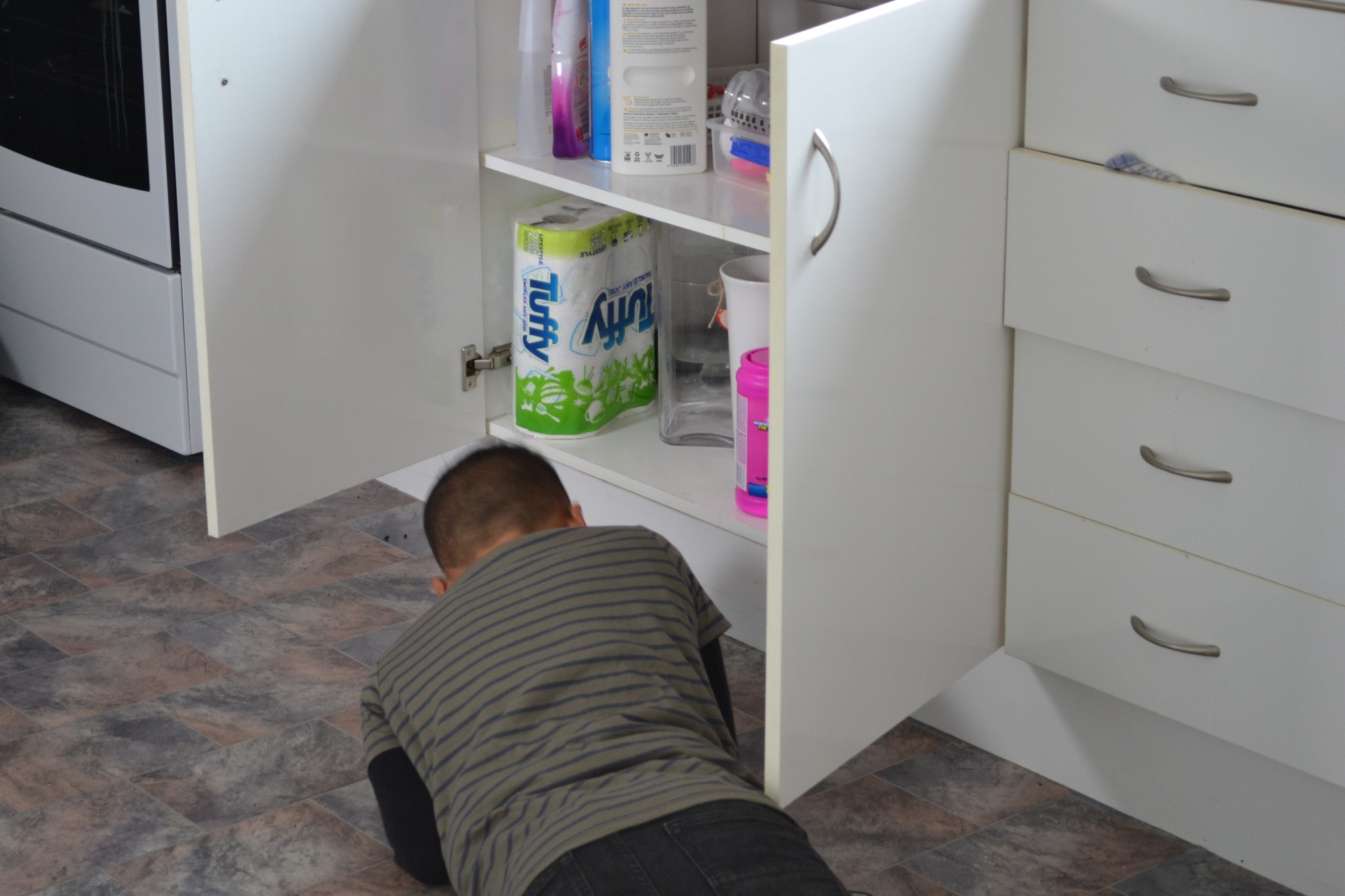Poisoning: 5 - 9 years

How big a problem is it?
Poisoning is the sixth-leading cause of non-fatal unintentional injury in children aged 0-14. Every fortnight a child aged 5-9 is hospitalised from a poisoning injury.
Children are naturally curious and are too young to know the difference between what is safe and what is dangerous. There is a risk that children will eat things that look like lollies or are stored in the wrong container but are in fact poisonous.
Who does it affect?
While it affects younger children disproportionately, poisoning is still a risk to older children 5 - 9. Most poisonings happen at home and involve everyday items such as cleaning products, medications, cosmetics, button batteries, glue, alcohol and even plants.
Male and female children are hospitalised at similar rates though Māori children are disproportionately more likely to be hospitalised from poisoning.
Top Tips
Be S.A.F.E.
STORE all medicines, chemicals and cleaners in their correct containers, up high in a lockable cupboard out of children's reach and sight. If you can’t install locks, make sure you use lockable containers.
ASK your pharmacist for safety caps on medicines.
FOLLOW the dose instructions from your doctor or pharmacist.
ENSURE you read and follow safety instructions on medicines, chemicals and cleaners.
Take a good look around your home for any unwanted or expired medications or chemicals and dispose of them safely.
If you become distracted while using a cleaning product, take it with you.
It’s tempting to refer to medicines and vitamins as lollies, however this is confusing to a young child and potentially dangerous as they may seek them out when you’re not looking.
Know where to seek advice: the National Poisons Centre and Healthline.
First aid:
If poisoning is suspected, phone the National Poisons Centre on 0800 POISON (0800 764 766) or contact a health professional. Call immediately 111 and ask for an ambulance if poisoning is suspected and your child is or has been:
|
Follow Drs ABCD to start CPR
D Dangers? Check for any dangers to yourself such as electricity or traffic.
R Responsive? Check responsiveness by calling loudly and shaking the child's arm.
S Send for help. Dial 111 and confirm an ambulance is on its way. Use the appropriate emergency number in other countries.
A Airway. Open the airway by moving the head into a neutral position and lifting the chin. Do not tilt the head back too far.
B Breathing. Look and feel for movement of the lower chest and stomach area. Listen and feel for air coming from the nose or mouth.
C CPR. If the child is not breathing, start CPR - 30 compressions to 2 breaths. Put the child on a firm surface. Place 2 fingers of one hand (for a baby) or the heel of one hand (for a child) in the centre of the chest just below the nipples. Push down hard and fast 30 times in about 15 seconds (push down one-third of chest depth).
Once you have completed 30 compressions (pushes) on the chest, breathe into the baby's mouth 2 times. Seal your lips around the baby's mouth and nose. For a child over 1, you may need to breathe into their mouth and pinch their nose closed. Gently puff into the child until you see their chest rise.
Continue with the cycle of 30 chest compressions and 2 breaths until the ambulance arrives.
D Defibrillator. Attach defibrillator as soon as is it available and follow prompts.
Links to Safekids’ resources
Download Poisons reference card
Poisoning Prevention Resources
Links to other organisations’ resources
New Zealand's National Poisons Centre
Public Health Surveillance - Chemical Injuries Surveillance
Landcare Research Manaaki Whenua Factsheet on Poisonous Plants
